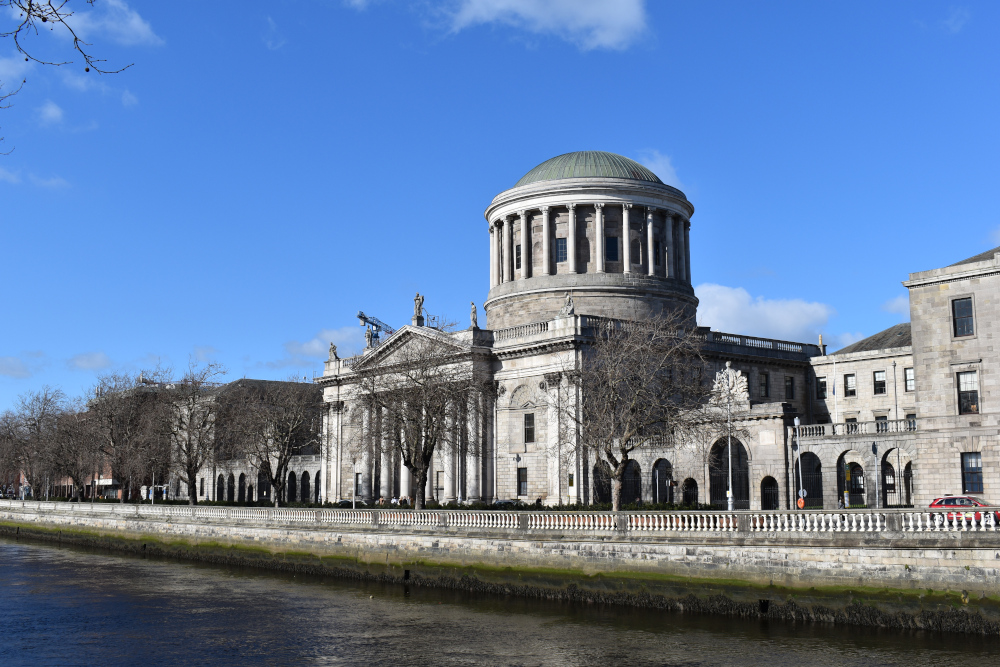High Court: Landlord’s statutory duty to repair may extend to structures outside its ownership

The High Court has remitted a landlord and tenant dispute back to the Tenancy Tribunal for re-hearing, finding that the Residential Tenancies Act 2004 did not qualify the statutory duties of landlords to effect repairs by reference to any limitation on a landlord’s ability to do so arising from its lack of ownership or control of adjoining premises.

About this case:
- Citation:[2024] IEHC 574
- Judgment:
- Court:High Court
- Judge:Mr Justice Alexander Owens
Delivering judgment for the High Court, Mr Justice Alexander Owens stated: “It is conceivable that the statutory duty to maintain “the structure of the dwelling” applies to parts of that structure which are not in ownership of the landlord. This obligation to repair is a continuing obligation and includes an obligation to repair whenever disrepair occurs.”
Background
The appellant landlord rented an apartment to tenants from 2006. Their letting agreement defined the apartment by reference to its number, without any details of structural elements comprised in the letting.
The letting agreement also recited a head lease to which a management company was party, which excepted and reserved from the demise of the apartment the main structural parts of the building in which it was located including the roof foundations and external parts.
Clause 1.3 of the letting agreement provided that: “[t]he Association agrees to keep in good repair the portions of the Apartment for which it is responsible, and fulfil all its obligations under the Housing (Miscellaneous Provisions) Act 1992, as set out in the Housing (Standards for Rented Houses) Regulations, 1993.”
From the beginning of the tenancy, the apartment was affected by damp and mould caused by water ingress due to design and construction faults.
In 2021, the tenants complained about this problem to the respondent (RTB), submitting an application claiming a breach of the landlord’s obligations under s.12(1) of the Residential Tenancies Act 2004 and relying on clause 1.3 of their tenancy agreement.
The adjudicator determined that the water ingress was caused by a structural issue emanating from an area outside the area of control of the landlord and as such, the landlord was not entitled to effect a repair and was not in breach of s.12(1) of the 2004 Act or clause 1.3 of the letting agreement.
The tenants appealed to the Tenancy Tribunal, relying on clause 1.3 of the lease.
Instead of analysing the extent of obligations imposed on landlords by s.12(1)(b) of the 2004 Act and other relevant legislation, the Tribunal decided in tenants’ favour, finding that the landlord had a “duty” to “do its best” to procure a remedy by pursuing the management company of the apartment block to repair the defects. The Tribunal awarded €20,000 to the tenants.
The matter came before the High Court by way of an appeal on a point of law from the determination of the Tribunal, concerning the extent of the duty imposed on landlords by s.12(1)(b) of the 2004 Act.
Submissions
The landlord submitted that the 2004 Act does not permit a Tenancy Tribunal to impose liability on a landlord for the condition of a dwelling let on a residential tenancy except on the basis of obligations imposed on landlords either by statute or by the terms of their tenancy agreement.
The High Court
Mr Justice Owens set out inter alia s.12(1)(b) of the 2004 Act, which provides that a landlord shall carry out such structural and interior repairs as are necessary to ensure that the dwelling complies with prescribed standards for houses, and where the dwelling is part of an apartment complex, shall forward to the management company any complaint by the tenant concerning the performance by the management company of its functions in respect of the complex.
Highlighting that there was nothing in s.12(1)(b) of the 2004 Act linking the landlord’s obligation to keep the structure or interior of a dwelling in a proper state of repair to its ownership of that structure or right to access onto other property to carry out works, Mr Justice Owens stated that the statutory requirement is complied with by requiring “a standard of repair that is reasonable in all the circumstances and, in determining the appropriate standard of repair, regard shall be had to the age, character and prospective life of the house”.
The court recognised that that qualification could potentially apply to steps taken to repair “structural damage” to an apartment as a result of an ongoing problem of damp from water emanating from outside the structure, noting that this legal issue had yet to be decided as the Tribunal had taken a different path.
The judge expressed his agreement with the landlord’s submissions, finding that the 2004 Act does not impose obligations on landlords to press management companies to perform their contractual obligations relating to repair of structural or other elements of the buildings for which they are responsible.
Finding it “impossible” to imply such a vague duty into a tenancy agreement, the High Court noted that the Tribunal appeared to have proceeded on an assumption that repair obligations imposed by s.12(1) did not extend to the circumstance where disrepair is caused by structural defects in a part of the block which is not owned by the landlord.
Mr Justice Owens clarified that the issue which the Tribunal was obliged to decide was whether the landlord breached its obligations under clause 1.3 or the provisions of s.12(1)(b) of the 2004 Act, or any obligations arising under any other enactment.
The judge continued: “Instead, the Tribunal took a course of assuming that the parties to the dispute were in agreement that Tuath owed some legal duty to Mr and Mrs Soroka to make efforts to secure that the defects to the apartment block be remedied. It formulated that duty in terms of a test of whether Tuath had pursued this issue with sufficient vigour over the years.”
Finding that course to be impermissible, Mr Justice Owens considered that the Tribunal is a creature of statute having no powers other than those conferred by statute, stating: “The 2004 Act requires that the Tribunal apply the law as set out in the tenancy contract and the legislation relating to the landlord’s obligation to carry out repairs to the structure of units which are subject to residential lettings and to determine whether statutory and contractual repairing obligations were complied with.”
The court determined that the appropriate approach was to cancel the order and notwithstanding that s.123 of the 2004 Act did not expressly confer a power to do so, to remit the proceedings back to the Tribunal for rehearing, “where the Tribunal omitted to decide an issue which it was required to decide and proceeded to decide something else”.
Conclusion
Accordingly, the High Court cancelled the determination order and remitted the matter back to the Tribunal for rehearing.
Tuath Housing Association v Residential Tenancies Board [2024] IEHC 574









